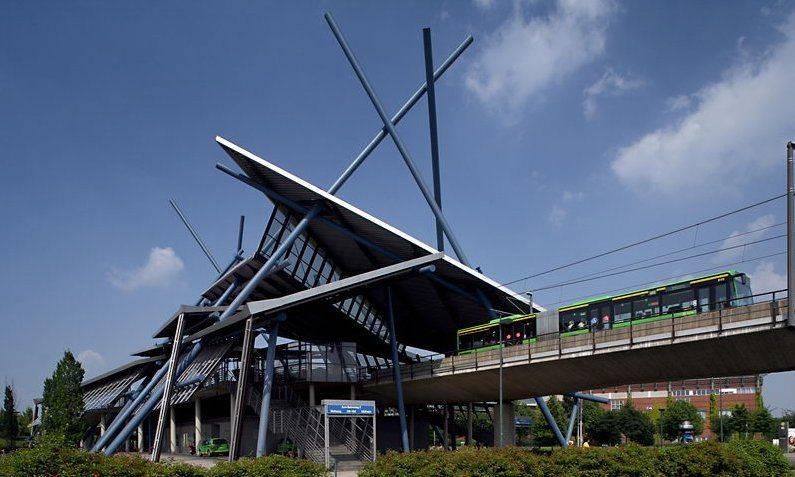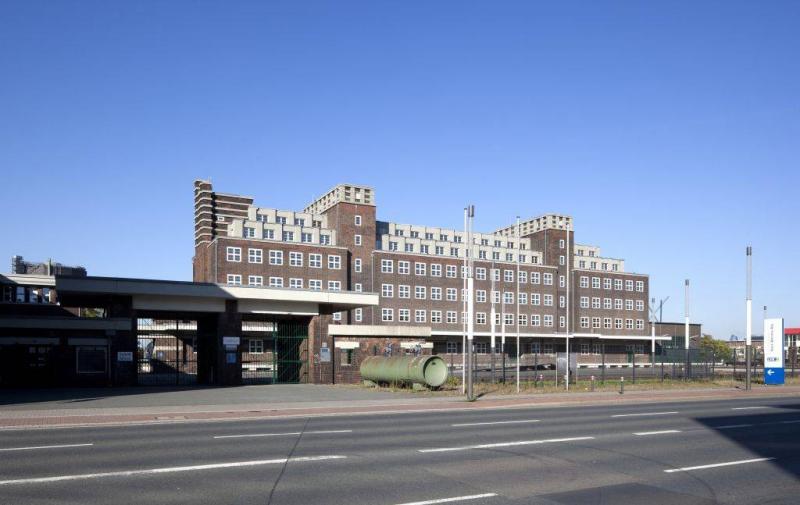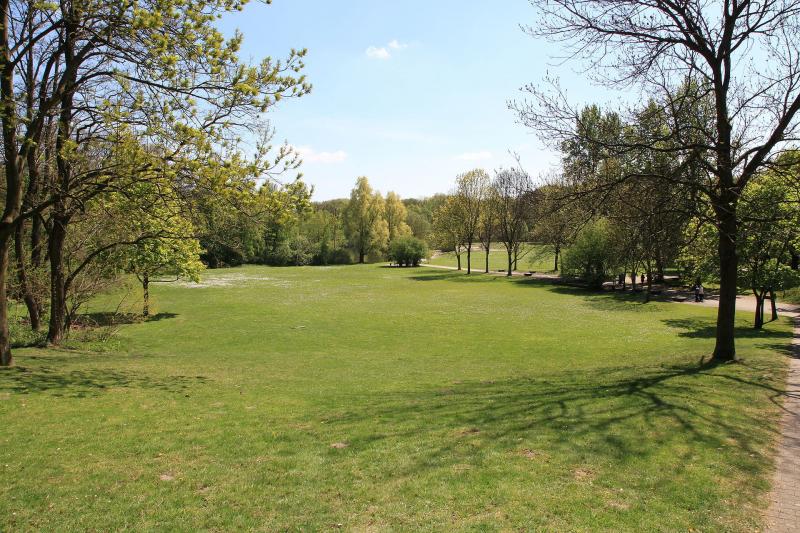© Foto: NordNordWest/Wikipedia; Lizenz: CC BY-SA 3.0 de
Eisenheimer Straße u. a., 46117 Oberhausen
Icon legend
![]() This icon indicates an awarded building
This icon indicates an awarded building
![]() This icon indicates a listed building
This icon indicates a listed building
![]() Projects with this logo are on the UNESCO World Cultural Heritage list
Projects with this logo are on the UNESCO World Cultural Heritage list
![]() Project has been converted, renovated or extended
Project has been converted, renovated or extended
x close
![]()
1846 / 1866 / 1872 / 1897
- keine Angabe -
- keine Angabe -
Advanced search with more criteria
Total projects: 483

46047 Oberhausen
Distance: 1.76 km

46047 Oberhausen
Distance: 1.85 km

46117 Oberhausen
Distance: 2.56 km
Hüttengewerkschaft und Handlung Jacobi, Haniel & Huyssen erected “Siedlung Eisenheim” from 1846. In the beginning, most residents worked at "Alten Walz" on the Emscher, a walking distance of half an hour.
When iron and steel was on the rise, in the mid-1850s a second construction stage was started, which, however, was stopped again during the Wilhelminian crisis at the beginning of the 1870s.
Between 1897 and 1903, the estate was then expanded to its current size. Like half a century before the iron and steel industry, now the mining industry required not only workers but also housing estates for them.
51 houses were built in three construction stages; 38 are extant and listed. At the turn of the century, about 1,200 people lived here. The two-storey terraced and semi-detached houses from 1846 and the houses in the cross plan built from 1872 modelled upon the Alsatian Mulhouse design are still extant.
By 1948 the masters’ houses in Sterkrader Straße had already been demolished, and at the end of the 1950s HOAG wanted to demolish the entire estate. This project, however, was delayed again and again through various circumstances, and when the demolition was back on the agenda in the early 1970s, circumstances had changed.
The Eisenheim residents founded one of the first grassroots pressure groups, a workers’ initiative for the preservation of their estate. A study by Fachhochschule Bielefeld (a polytechnic) on the living conditions in Eisenheim, conducted under the direction of Roland Günter, underlined the high value that the housing environment has for the residents’ communication and social existence. The initiative’s imaginative campaigns caught the attention of the media and made their cause known far beyond their own locality. By the beginning of the 1980s, the houses were restored - with the full participation of their residents.
Author: Route Industriekultur/ Editorial baukunst-nrw
Last changed on 20.02.2024
Categories:
Urban Design » Square and Neighbourhood Planning
Architecture » Residential buildings » Multiple Housing
